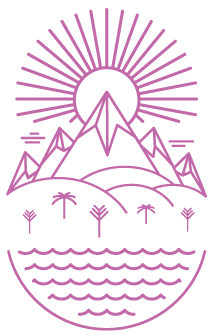One hundred million years ago the Indian subcontinent, a triangular shaped raft of continental plate, slammed into Asia, threw up a semicircular rim of Himalayan mountains three miles high, and gave birth to the region we now call South Asia. Culturally, geopolitically and geologically complex, South Asia is now home to eight countries: Afghanistan, Nepal, Bhutan, Pakistan, Bangladesh, India, Sri Lanka and the Maldives. Inhabited by humans for four hundred thousand years, with a history of urban civilizations that can be traced back to 2500 BCE, the subcontinent boasts a literary tradition thirty-five hundred years old that eventually gave rise to four of the worlds ‘Great” religions – Hinduism, Buddhism, Jainism and the Sikh religion – as well as concepts and notions as foundational as karma and the first, mathematically complete, zero (5th century CE). Yet far from being merely a tired reflection of its own picturesque history – as its past colonizers, the British, and their scholarly Orientalists once believed -- South Asia has always played a vibrantly central role in world affairs, and continues to do so today. As the home of the world’s largest democracy (India, with seven hundred million registered voters), thirty three percent of the world’s Muslims, three hundred and twenty five languages (twenty five with their own scripts!) conflicts as central to contemporary geopolitics as Afghanistan’s long civil-religious strife, diasporas that have spread South Asians to all corners of the world (making, for example, Toronto, Canada the largest Sri Lankan Tamil city in the world), technology and science driving the world’s current transformations, as well as a country, the Maldives, that global warming might, quite literally, drown as sea levels rise, the Indian subcontinent invites every kind of interest and fascination. It is this kaleidoscopic inventory of topics, as well as the region’s vibrant art, cinema, contemporary literature and deliciously complex cuisine that we hope to celebrate and experience in this year of the Indian subcontinent.


